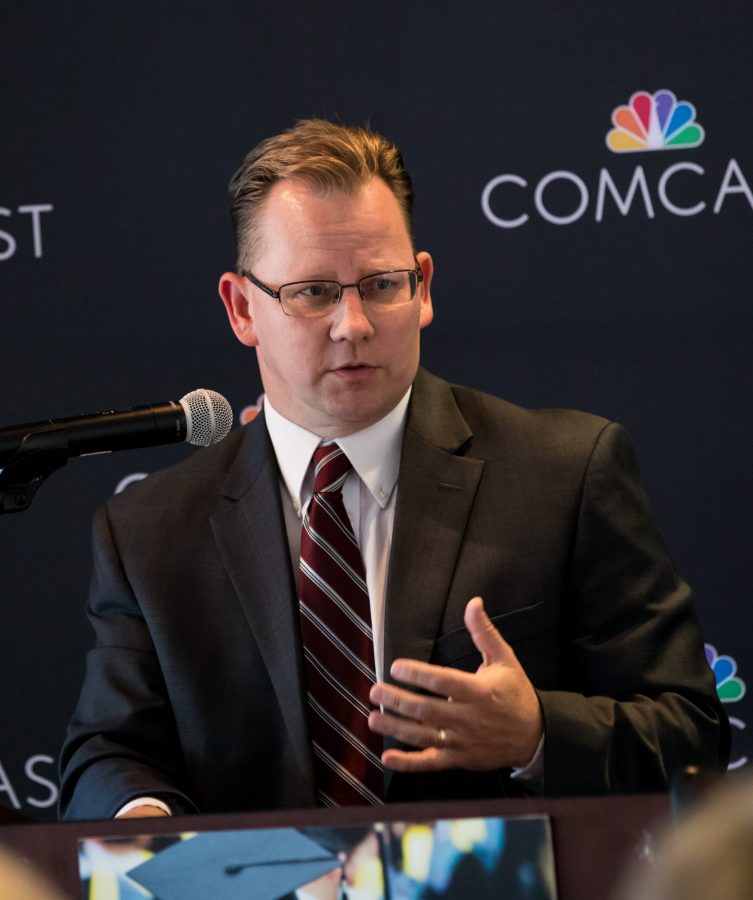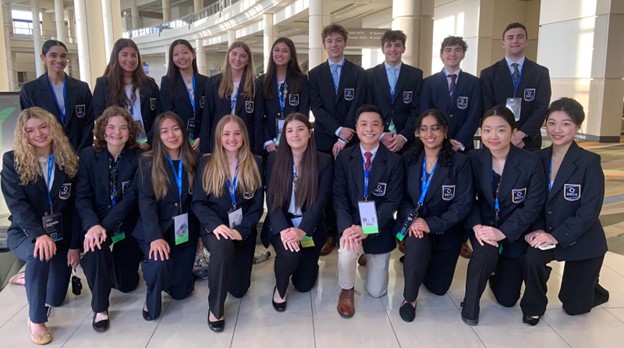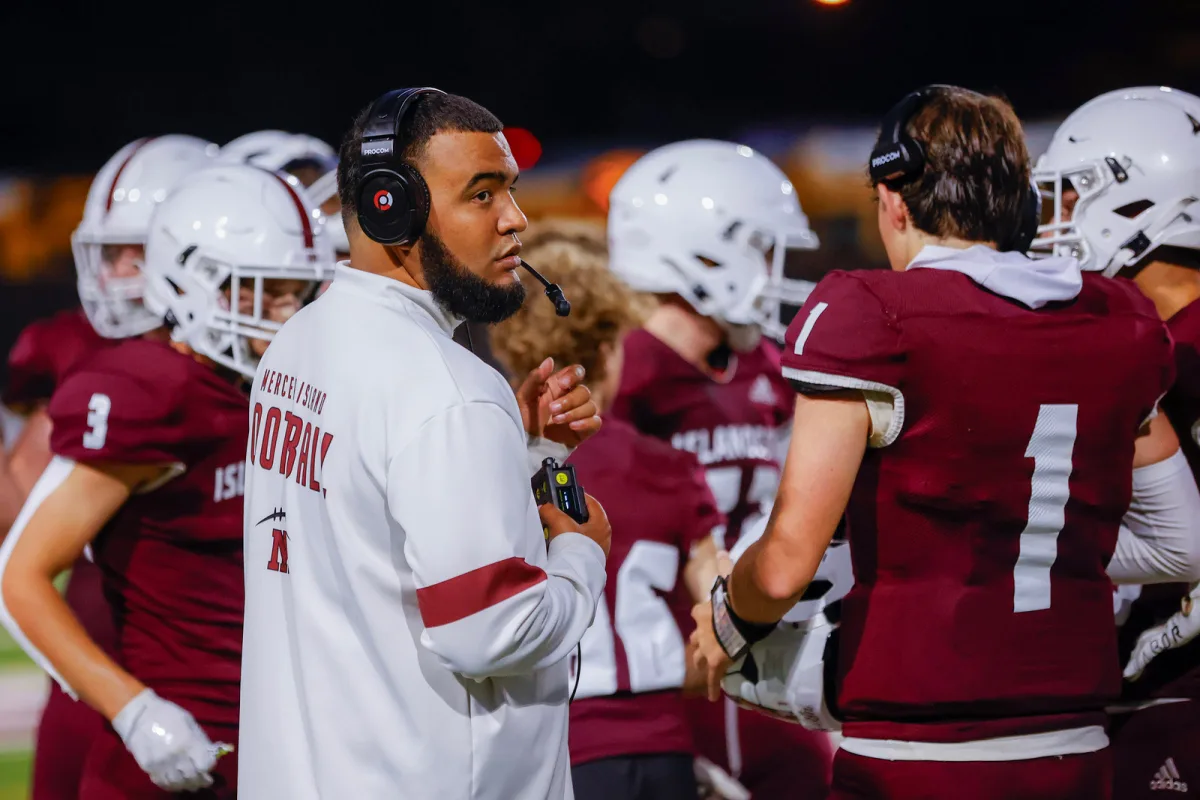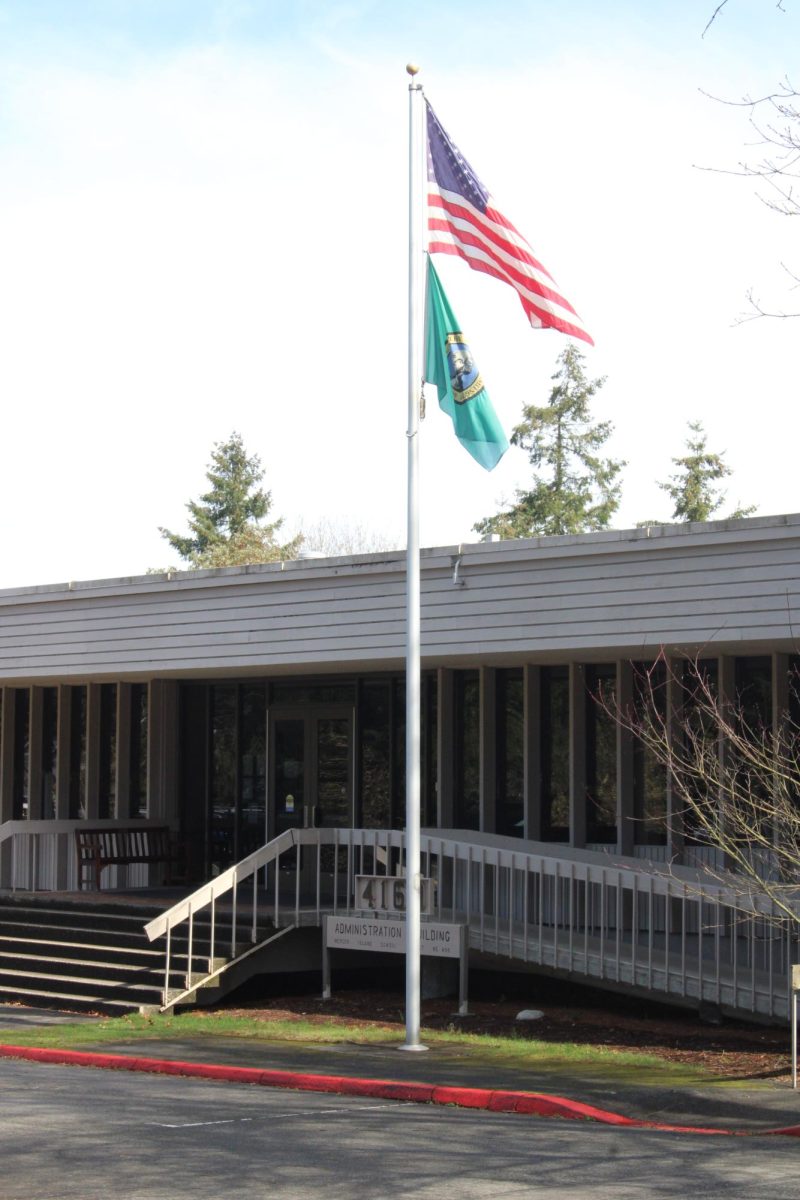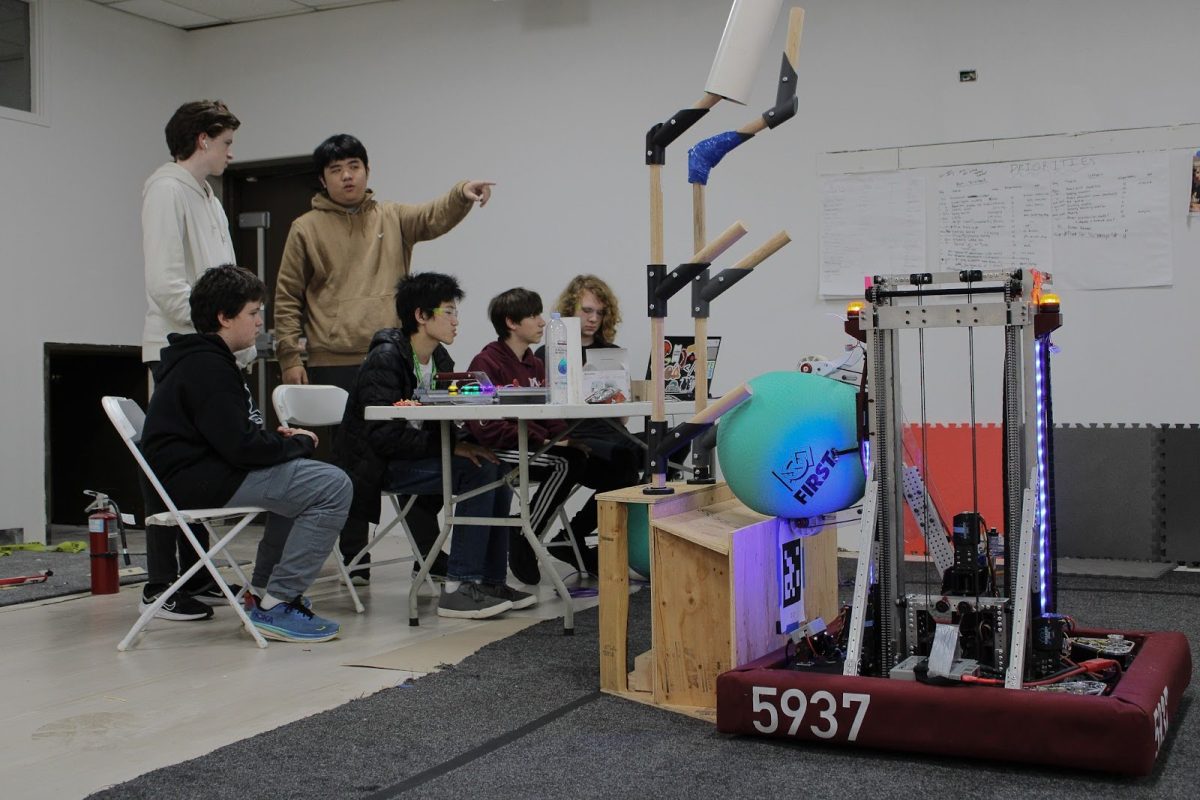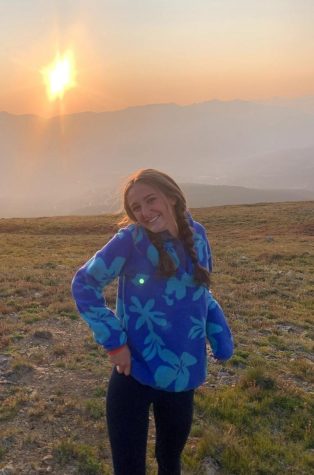Monday, Oct. 12, 11 student reporters met to interview Superintendent of Public Instruction Chris Reykdal on how the pandemic was affecting Washington state schools. This is the third student news conference with Superintendent Reykdal regarding COVID-19 and how Washington state handles modified learning. Social Media Critic Honor Warburg represented the MIHS Islander during this interview.
On statewide improvements made to online learning:
“There has been a technology deficiency [in schools] for a very long time now,and [COVID-19] has shed a big light on that,” Reykdal said.
“Collectively we have distributed 300,000 devices and connected 60,000 more families. [This] is now something we need to make permanent,” Reykdal said. “I have requested from the legislature they start putting [access to technology] in the basic education law now that every family, as a function of having a child in public school, needs to have access to broadband or connectivity. The state needs to make that an option if a family can’t afford it.”
Changes instituted for online learning, according to Reykdal, may continue even as students begin returning to in-person school.
“More of [the state’s] high schools will let [online learning] be an option for students when we are done with [COVID] because for some students this is a preferred way.”
“[Students] work, or they’ve never felt comfortable in school or feel it’s a safe place physically or emotionally or socially so we’ve always had these regional online models but I think more schools are going to mount these now and have a permanent option for learners particular at the high school levels to do this on an ongoing basis.”
In a press release on Oct. 1, OSPI launched an initiative to give Internet access to low-income and rural students where high speed internet may not be applicable.
“[Washington state] secured three [digital connection] vendors, two of the three have statewide reach and so surprisingly there is better connectivity than most people think, in some communities however there is virtually nothing,” Reykdal said.
Emotional well-being is crucial for students’ success during online learning. With students not in the school, many face challenges with the lack of resources they have at home.
“Districts that cannot connect with a student, because of technology or an English language barrier or they have an IEP that can’t be served remotely, must apply accommodations for them to learn and an alternative setting.”
What the state’s role in implementing racial and social justice curriculums in schools:
“Legislature passed a law about a year and a half ago to make Ethnic Studies more available in grade 6 to 12. We immediately said that’s not enough and they wanted it down to kindergarten and they amended the law last session.”
During the pandemic, kindergarten enrollment rates in Washington state have dropped. With no clear path in sight for schools re-opening many parents either held their children back here or took learning into their own hands with homeschooling options. Parents have to choose whether to send their five year olds to school for the first time in a remote learning environment .
“State wide [enrollment is] down to 3% on average 1/3 of all that is kindergartners so two-thirds of that [enrollment number] is first the 12th grade students that were theoretically with [washington state public schools] last year and are not with us this year,” Reykdal said.
People of color are more at risk from the negative effects of COVID-19, when looking at data, what is Washington state doing to keep students of color safe?
“Districts must use their local data [to determine] is at most at risk and most impacted by COVID and make a priority about the direct service to those students. Students with IEPs, disabilities or who are food and housing insecure or who have a language access barrier, based on the date of the districts find students of color are disproportionately at risk to COVID-19 or disproportionately impacted by lack of technology so these districts have to have a plan.”
On the environmental impact of COVID precautions:
As some schools around the state move into hybrid learning, with some in-person options, more cleaning products have to be used to keep students and staff safe from COVID-19. However, not all cleaning products are good for one’s respiratory health or the environment. What is Washington state doing to keep the environment clean from toxic chemicals such as bleach and protect the respiratory health for those sensitive to these harsh chemicals?
“What districts are asked to do is follow the very detailed document from the CDC on cleaning products as well as the frequency between cleans. I am not very confident in the CDC these days. I don’t think the CDC thinks about the long-term environmental impacts, no doubt they are focused on public health, they are going to stop germs and viruses, no question in my mind. whether they are thinking really intentionally at the federal level around the environmental impacts of cleaning products I think much less and that must be produced at the state level,” Reykdal said.


